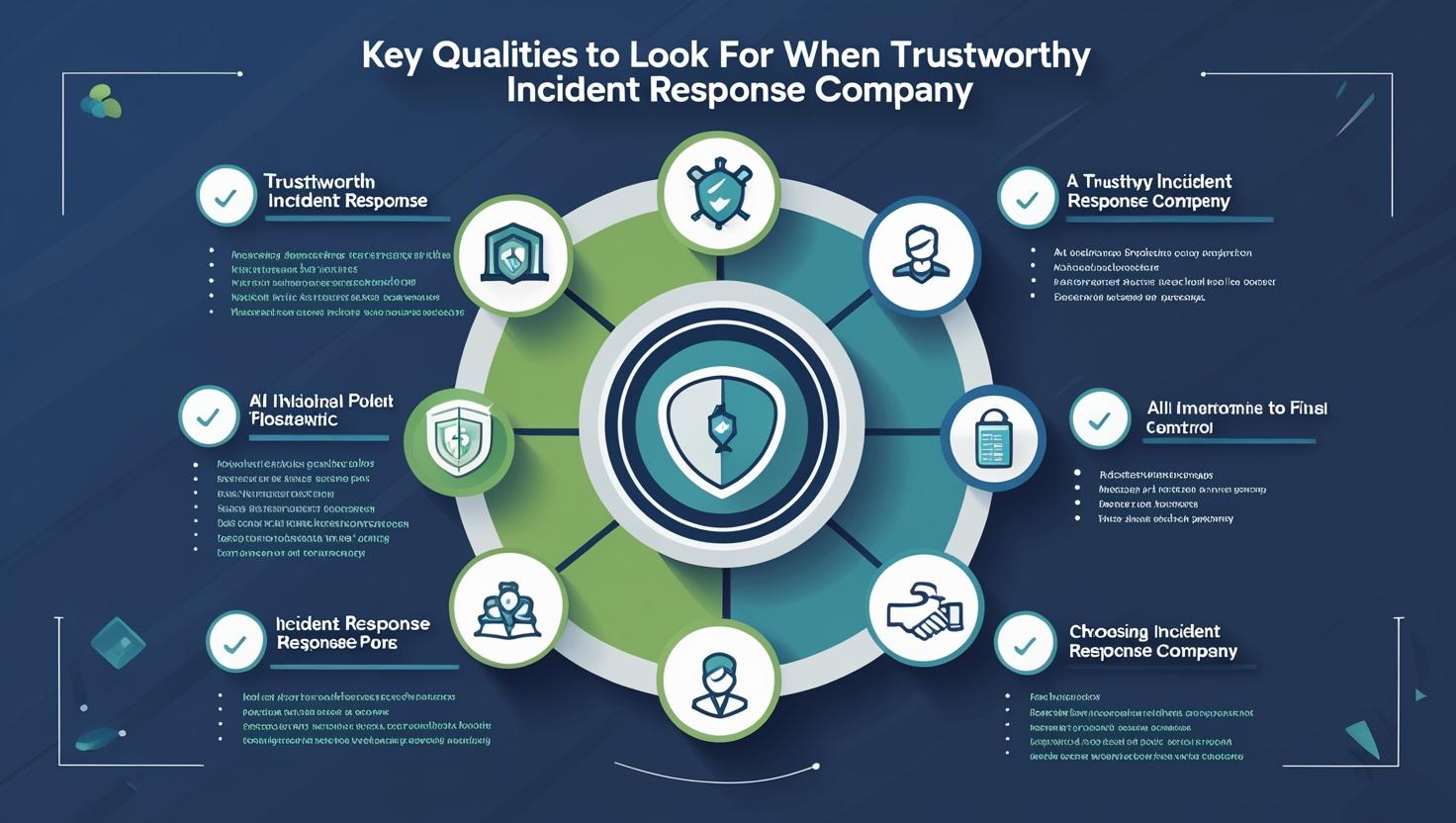Case Study: Partnering with a Computer Forensics Company to Resolve a Security Incident
On a rainy Tuesday morning, the operations manager of a regional healthcare provider received a call from the IT help desk. Several staff members couldn’t access patient files, and the electronic health record system was running slower than usual. At first, the problem looked like a server overload. But within hours, more symptoms appeared: files with strange extensions, locked folders, and ransom notes demanding cryptocurrency.
This was no glitch. It was a breach.
The IT team scrambled to contain the damage, but they quickly realized the attack was bigger than anything they had faced. Sensitive medical records were at risk. The compliance officer warned that reporting deadlines under HIPAA would soon come into play. The CEO needed answers and fast.
That’s when the healthcare provider decided to bring in outside specialists. They contacted a computer forensics company with experience in handling high-stakes incidents. This case study follows their journey from chaos to recovery, showing how the right partnership can transform a disaster into a turning point.

The Decision to Call in Experts
The internal IT staff had strong skills in maintaining networks and supporting users. But digital forensics required a different level of expertise. They needed professionals who could:
Preserve digital evidence without altering it
Identify exactly how attackers gained entry
Track what data had been accessed or stolen
Provide legally defensible reports for regulators and insurers
The leadership team chose a computer forensics company that specialized in healthcare breaches. Their choice was driven by reputation, rapid response guarantees, and prior experience working under HIPAA requirements.
The First 24 Hours
The forensics team mobilized quickly. Within two hours of the call, they were remotely connected to the affected systems. By the next morning, specialists were on-site.
The first steps focused on containment. The company’s servers were segmented to stop further spread. Network traffic was filtered to block communications with suspected command-and-control servers. At the same time, forensic imaging began, creating exact bit-level copies of the compromised systems.
One of the team leads explained the importance:
“If we jump straight into cleanup, we risk destroying the evidence. Imaging lets us analyze what happened while keeping the originals safe.
Building the Timeline
Once containment was in place, the real investigation began. The forensic analysts pieced together a timeline of the attack.
Log files revealed the first suspicious activity three weeks before detection. A staff member had clicked a phishing email disguised as a scheduling update. The link led to a credential-harvesting site, and soon after, attackers logged in using that employee’s account.
From there, the intruders moved laterally through the network. They escalated privileges, created new administrator accounts, and installed malware that encrypted patient files.
The timeline showed how the breach evolved step by step. This not only explained the present incident but also gave the company insight into gaps in their defenses.
Malware Analysis
During the investigation, the forensic team isolated the ransomware strain. They set it up in a controlled lab to watch how it behaved.
The malware contacted a server in Eastern Europe, demanded payment in Bitcoin, and attempted to delete shadow copies of files to prevent recovery. By dissecting the code, the analysts linked it to a known criminal group active in healthcare attacks.
This connection helped confirm that the company was facing a targeted campaign, not a random infection.
Preserving Legal Evidence
Every action was carefully documented. The forensic company maintained a strict chain of custody for all evidence drive images, log archives, and malware samples. Each piece was tagged, hashed, and stored securely.
This process ensured that if the organization needed to involve law enforcement or pursue legal claims, the evidence would stand up in court. It also provided the compliance officer with the documentation needed for regulatory reporting.
Communicating with Stakeholders
The breach impacted not only internal systems but also patient trust. Communication was critical.
The forensic company helped prepare plain-language updates for executives, technical summaries for the IT staff, and compliance-ready reports for regulators. Their experience in crisis communication prevented confusion and kept leadership aligned.
Instead of a fragmented response, the company presented a united, informed front.
The Turning Point: Restoring Systems
After imaging and analysis, the focus shifted to recovery. Backups were carefully restored, but only after verifying they were free of malware. The forensic team guided the IT department in rebuilding critical servers with stronger security controls.
Multi-factor authentication was deployed, email filtering was tightened, and new monitoring tools were installed. Within a week, patient services were back online.
For employees, the return felt fast, but the foundation was now stronger than before.
Lessons Learned
The incident was painful, but it carried valuable lessons. With guidance from the computer forensics company, the healthcare provider identified several key takeaways:
Phishing remains the biggest threat. Staff training was expanded to help employees spot suspicious emails.
Detection speed matters. The breach lasted three weeks before discovery. New monitoring tools were put in place for faster alerts.
Legal readiness is essential. Without proper evidence handling, compliance and liability risks could have been far worse.
Partnership is powerful. The external forensics team not only solved the incident but also elevated the company’s long-term defenses.
A Cultural Shift
Perhaps the most important result was cultural. Before the breach, security was viewed as the IT department’s job. Afterward, every department saw it as a shared responsibility.
Executives began including security updates in board meetings. Employees understood that a single click could lead to a major breach. The partnership with the computer forensics company became a long-term relationship, with regular security assessments and readiness drills.
Comparing Outcomes: With and Without Forensics Support
To understand the impact of the partnership, it’s useful to imagine the alternative. Without a computer forensics company, the healthcare provider might have:
Missed the true entry point, leaving vulnerabilities open
Destroyed key evidence during hasty cleanup
Failed to meet HIPAA reporting requirements
Struggled with insurer claims due to weak documentation
Faced prolonged downtime and deeper patient distrust
Instead, the company emerged with systems restored, compliance intact, and new defenses in place.
Wider Impact: Sharing Threat Intelligence
The case didn’t end with recovery. The forensic company shared anonymized findings with industry partners and threat intelligence networks. This allowed other healthcare organizations to recognize the same phishing tactics and ransomware strain before falling victim.
By contributing to the larger community, the incident helped protect more than one organization.
Conclusion
This case study shows how partnering with a computer forensics company can transform a security incident from a crisis into an opportunity for growth.
The healthcare provider faced ransomware, compliance risk, and potential loss of trust. By bringing in experts, they contained the damage, uncovered the attack path, preserved legal evidence, and restored services with stronger security.
Most importantly, they gained a new perspective: cybersecurity is not a one-time project but an ongoing process. With the right partnership, even the most disruptive breach can lead to lasting resilience.
For any organization, the lesson is clear: don’t wait until an incident strikes to find a trusted forensics partner. The cost of preparation is small compared to the cost of being unprepared.
Because when the next breach comes and it will the difference between chaos and control may rest on one decision: who you call first.

